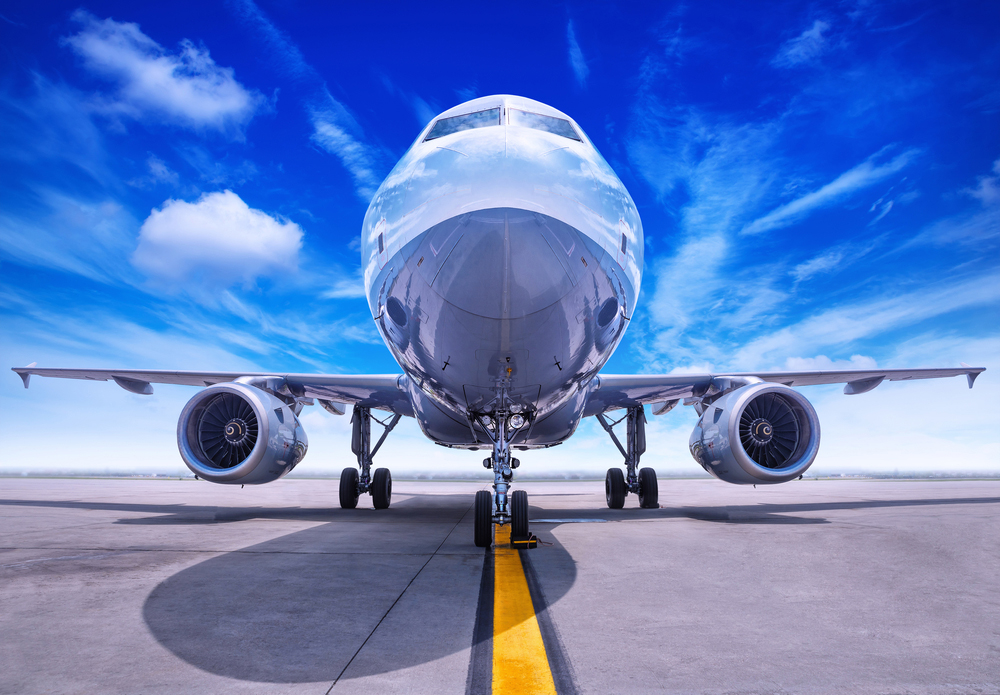Navigating the Aftermarket of Special Purpose Coatings
Mention coatings in the world of aviation detailing and you’ll be bombarded with information. Some of it on the money – some short-sighted – all of it in the service of protecting the appearance, performance, and safety of the aircraft.
For many passengers, a plane’s pristine appearance reassures its airworthiness, an assurance not without merit. Modern design systems and Original Equipment Manufacturer (OEM) coatings, generally known as paint, provide the aesthetic and protection to assure performance under extreme conditions. Fabricated from a variety of materials, aerospace paint is the only type of exterior paint that must handle extraordinary temperature changes, plus moisture, UV light, oxidation, atmospheric pollutants, and aggressive chemical and cleaning materials.
Once the aircraft takes to the sky, that protection is under attack. At cruise altitude, a shiny appearance becomes lackluster and dull with high levels of UV exposure. The corrosive nature of oxidation disrupts airflow, degrading performance and compromising air safety. Aircraft maintenance programs, while critical, can be a drain on productivity. After all, aircraft are meant to fly, not sit in a hangar.
For a growing aerospace market demanding increased performance, improved aesthetics, and higher productivity, aftermarket coatings, a.k.a. special purpose coatings, offer the best solutions. Leading the charge is the exterior applications segment; a divergent group focused on establishing a hydrophobic barrier and shielding against UV damage. Characterized by being “field-applied,” as opposed to applied in an OEM factory setting, many are marketed as permanent/semi-permanent solutions. However, all must acknowledge that any coating’s lifecycle is contingent on operational characteristics, region(s) of flight, time in the air, and maintenance frequency.
Resin-based paint systems, like the ubiquitous clear coat, are favored for color retention and enhanced gloss, but there are issues with the weight mil thickness can add. While topcoat technology is improving with an exterior base coat – clear-coat system that speeds application and lessens weight, it requires the investment of a full repaint for older planes.
Ceramic coatings are increasingly popular for their longevity. Generally based on a formula of specialized polymers fortified with other chemicals, ceramic coatings deposit a hard protective barrier that has greater resistance to marring and scratching. These coatings produce a super high gloss finish to create a low friction surface reducing parasitic drag.
The hype over Paint Protection Film (PPF), is its chemical composition, which allows most bangs, dings, and scratches to be absorbed. Originally developed to minimize damage to helicopter rotor blades during the Vietnam War, PPF, a polyurethane film thicker than ceramic, claims self-healing properties to prevent swirl marks and hard water spots. As with ceramic coatings, PPF is not an easy application. It requires trained and certified professionals, as well as an ongoing maintenance schedule.
Some may consider sealants outside the special purpose coatings category, but these chemical-based compounds interface with substrate topography forming a hydrophobic film and establishing a protective shield against UV degradation, albeit in shorter life cycles. Engineered to enhance surface color and high gloss retention, a quality sealant imparts added clean-ability, repelling the bugs, stains and soil that cause surface erosion. Sacrificial by nature, they add no weight and require no maintenance. This group is favored for ease of application, which can be performed almost anywhere, at any time. Reapplication requires no stripping, sanding, or peeling.
Interestingly, the drivers for special purpose exterior coatings are advancing unique combinations and match ups. Paint Protected Film, PPF, is applied to clear-coat on painted surfaces for greater resistance to runway rocks, and damage from hail and foreign objects. Variations on ceramic formulas are paired with PPF to slow down the etching process of environmental contaminants. Chemical sealants, like NUVITE’s NuGlaze Paint Sealant & Polish and NuImage Cleaner & Debugger for Polished Metal, are very often relied on to maintain levels of protection for clear coat, ceramic, paint protected film, and other special purpose exterior coatings.
For assistance navigating the world of aftermarket coatings, and the best way to protect your asset, contact a NUVITE field applications engineer.

